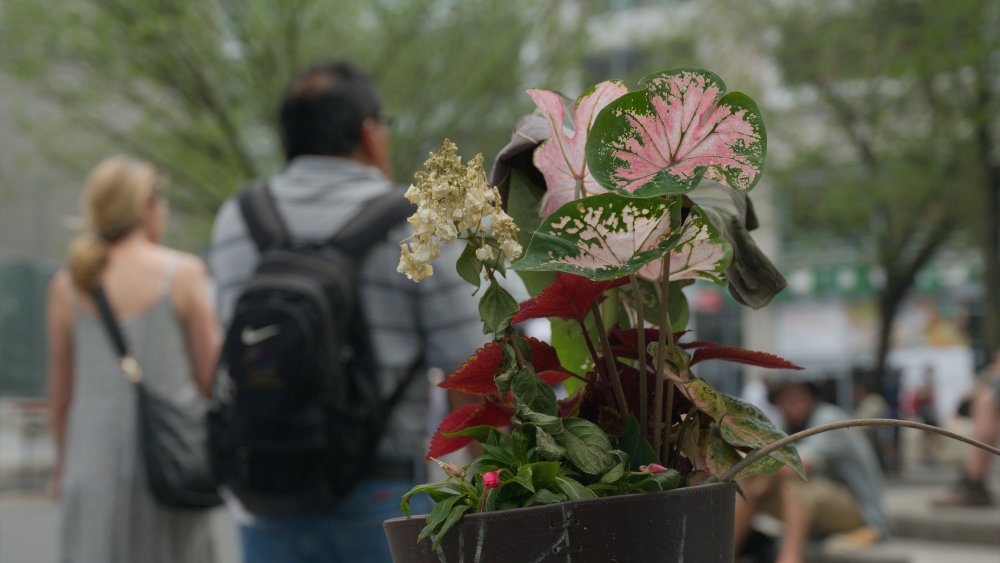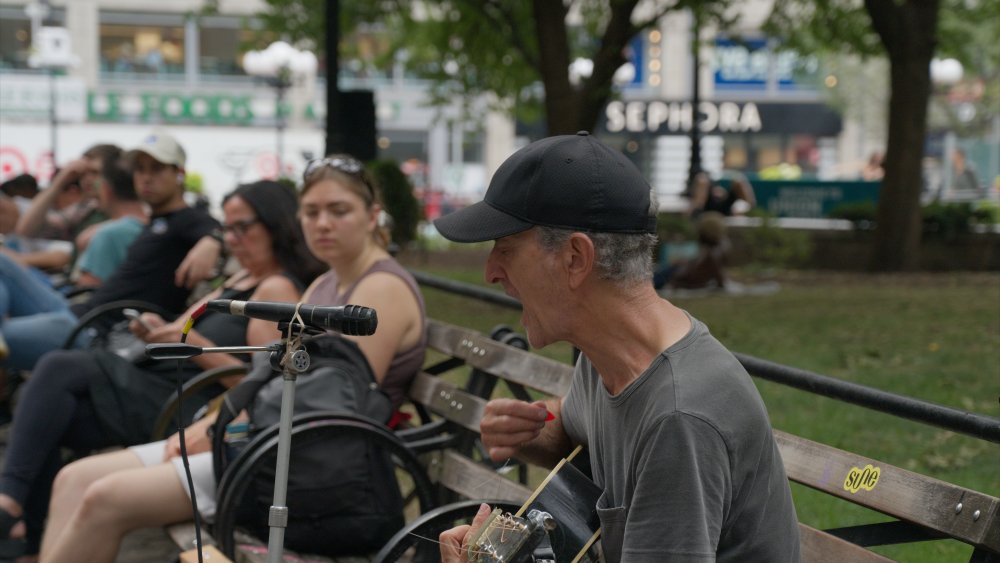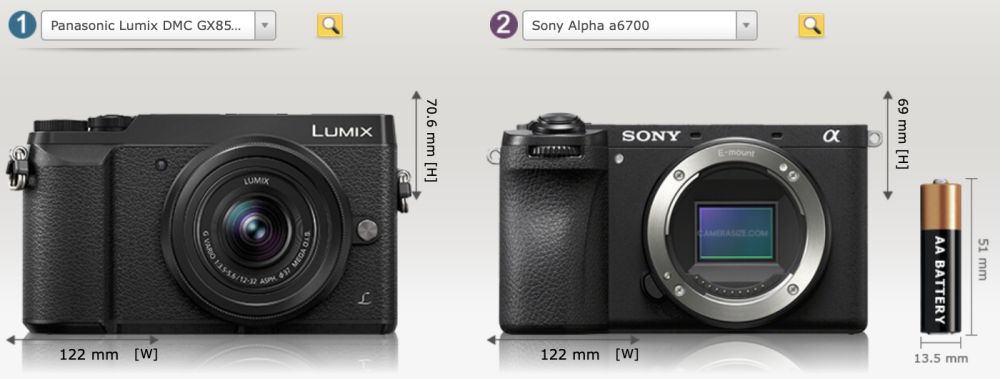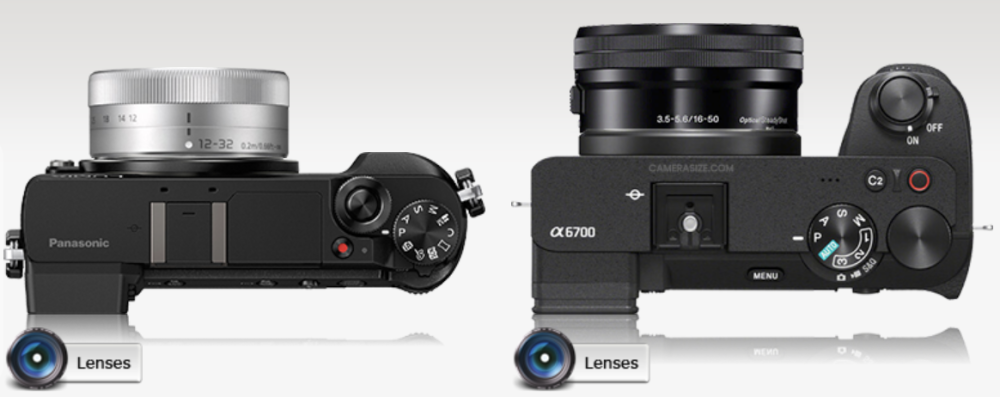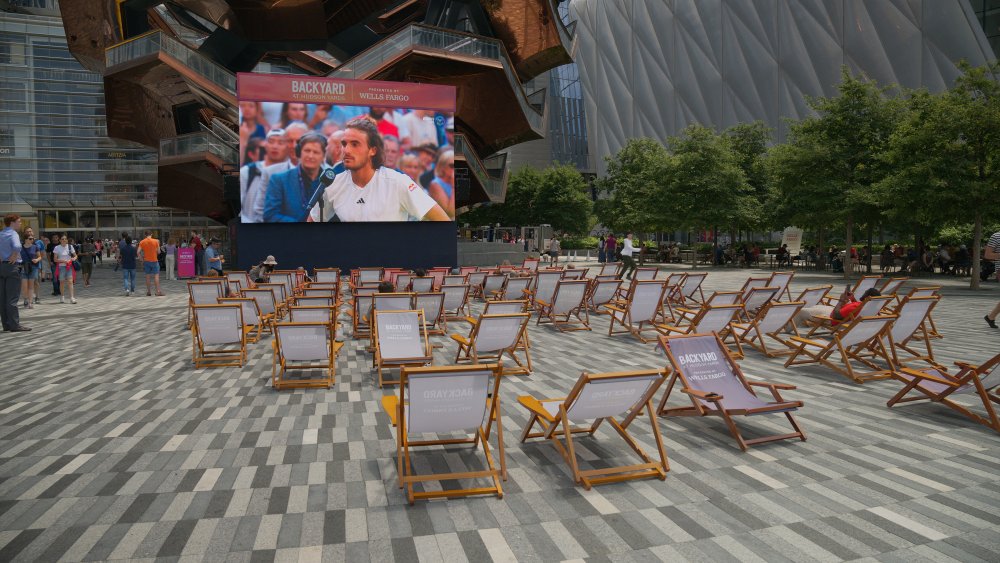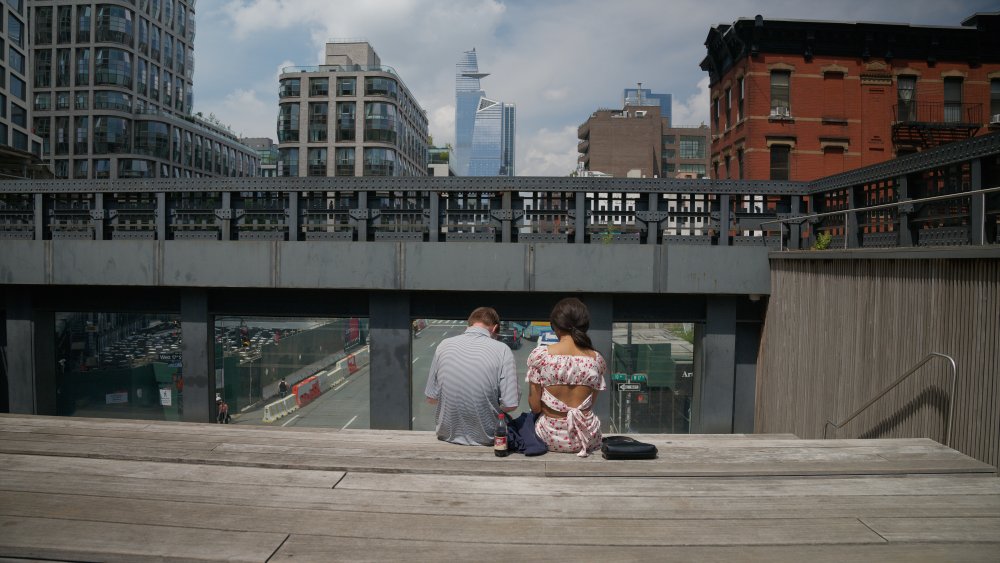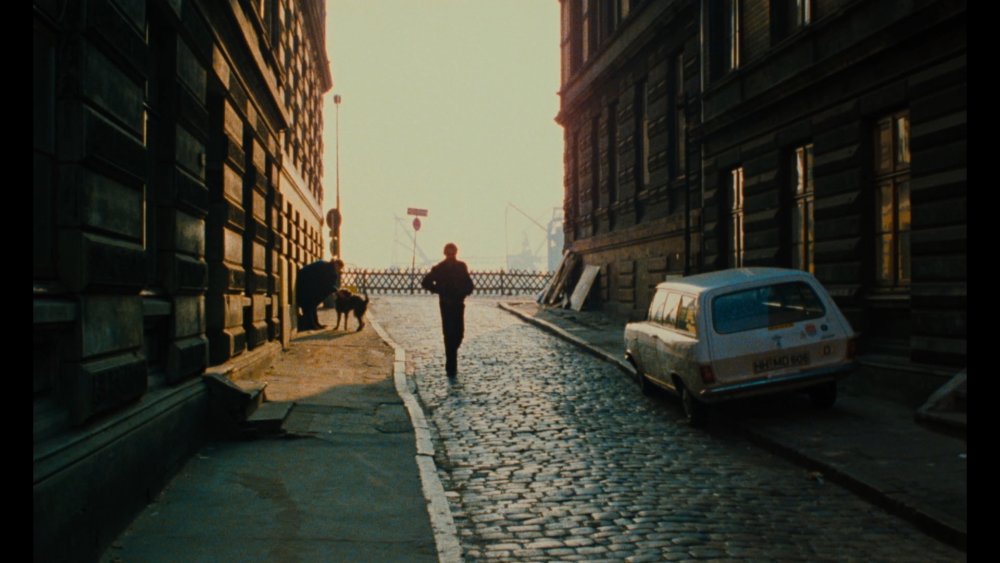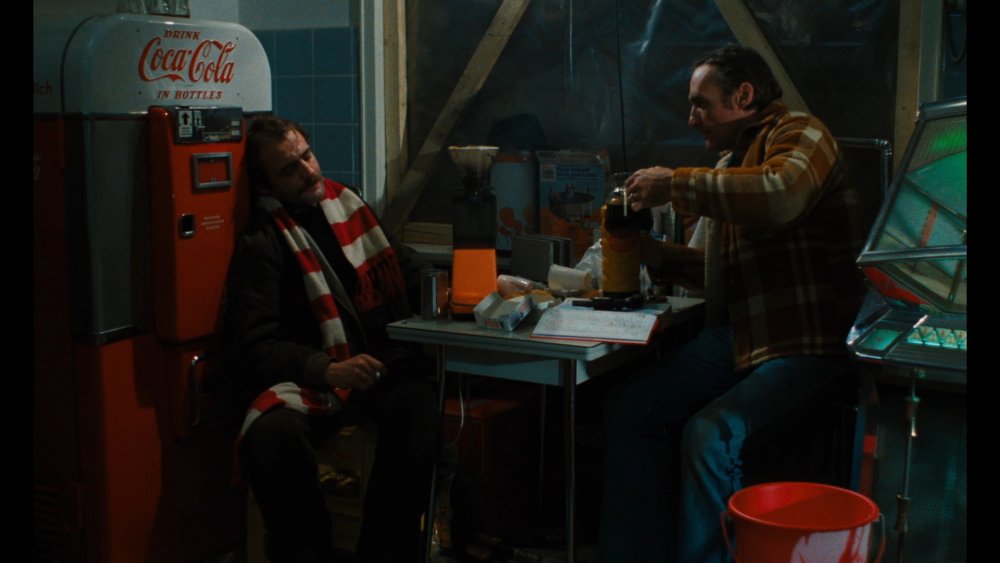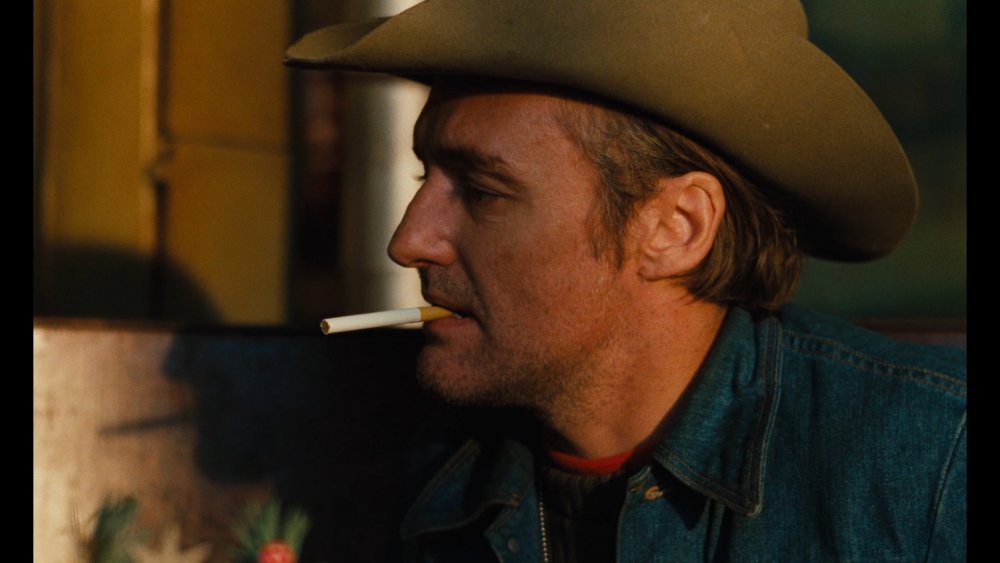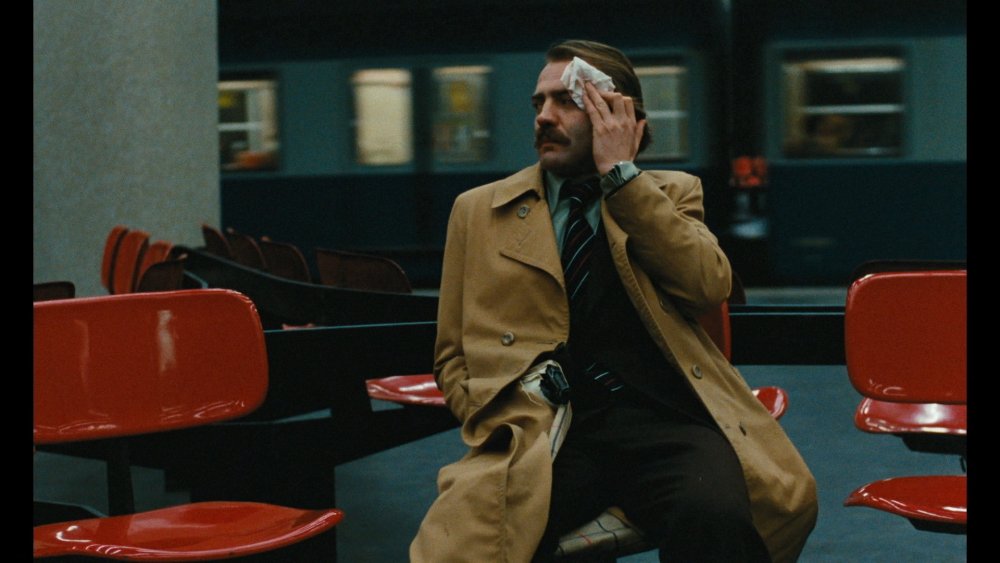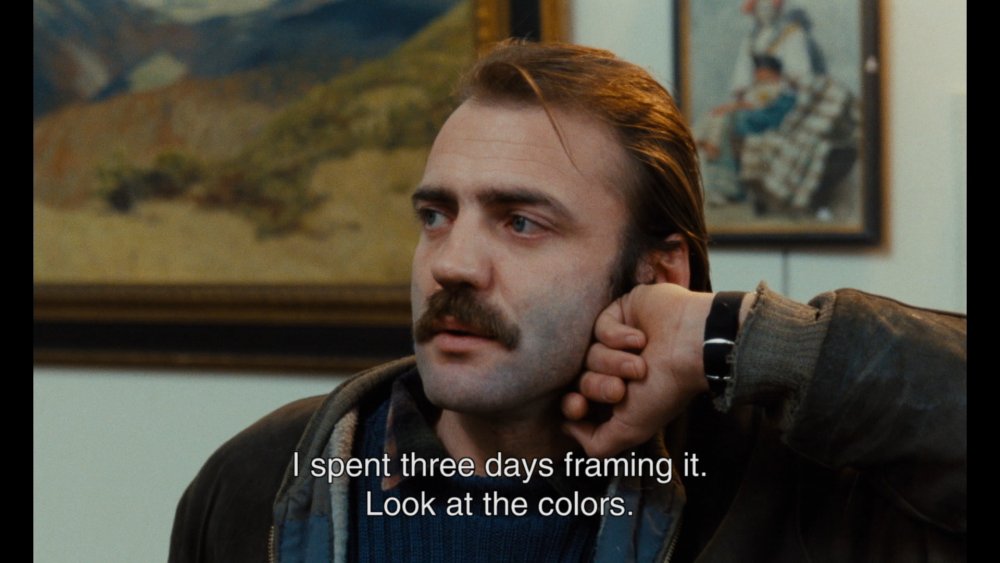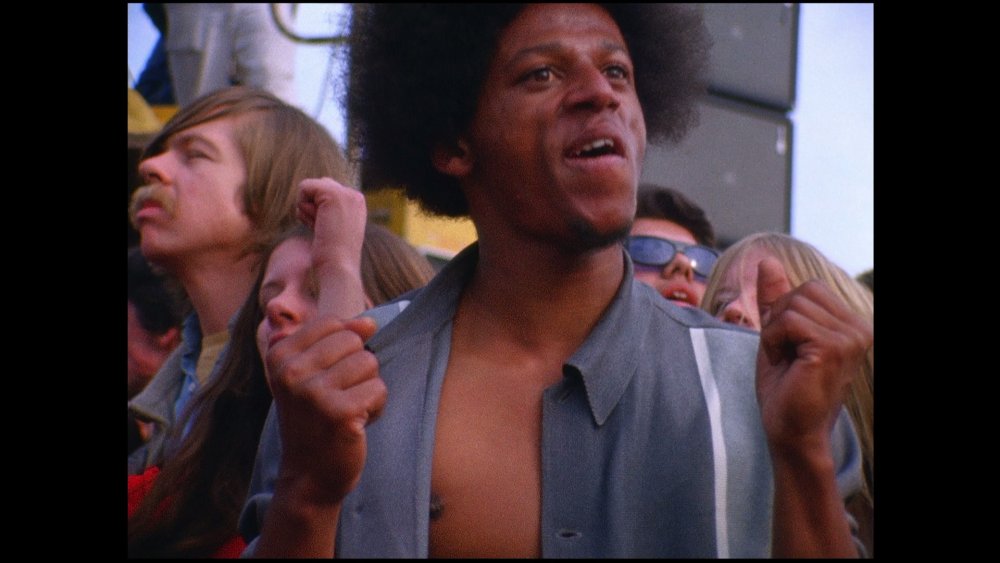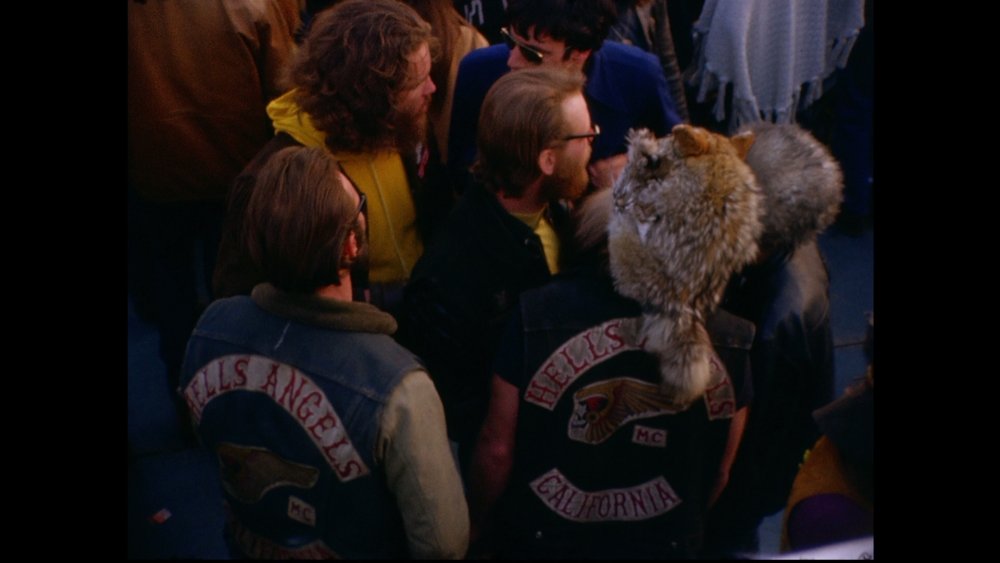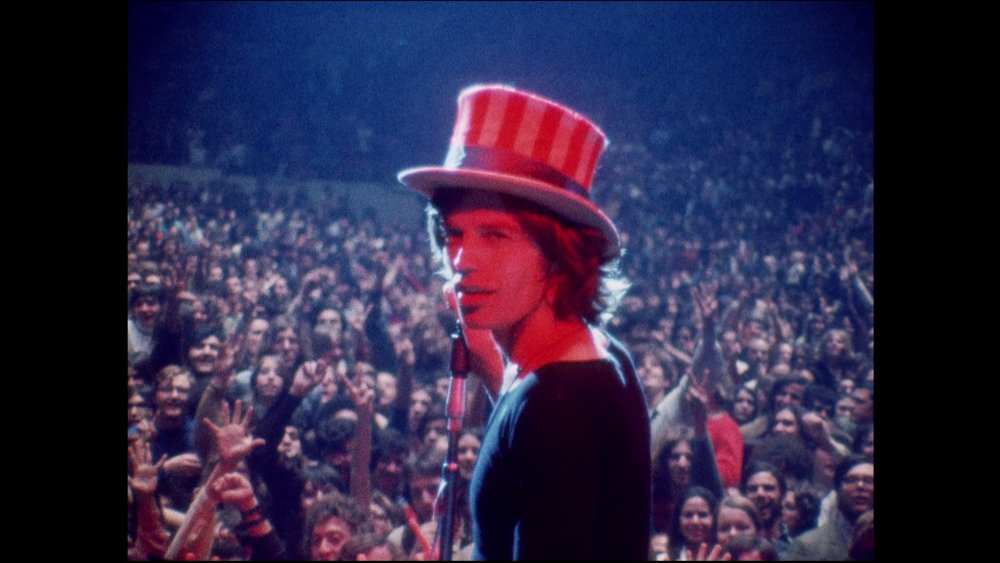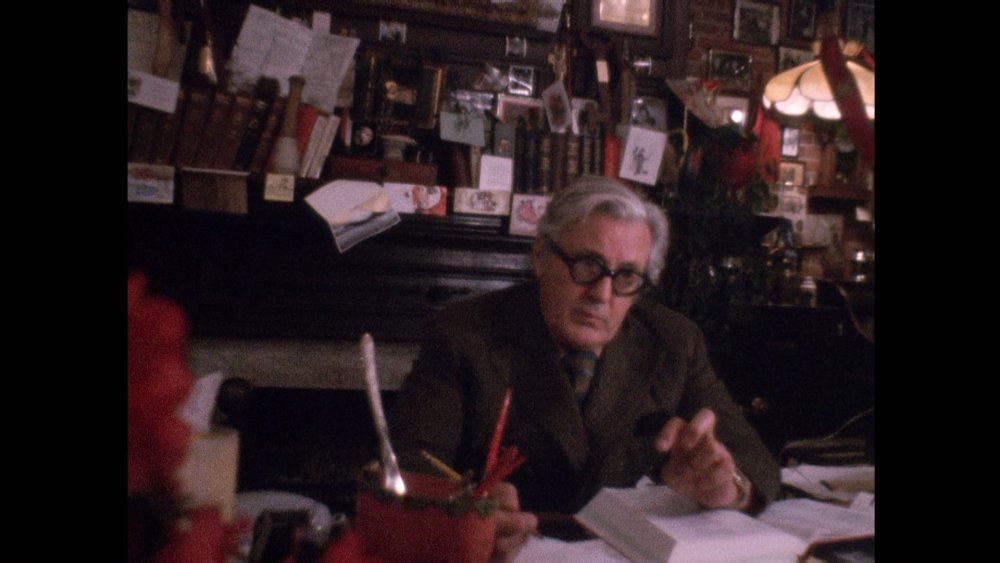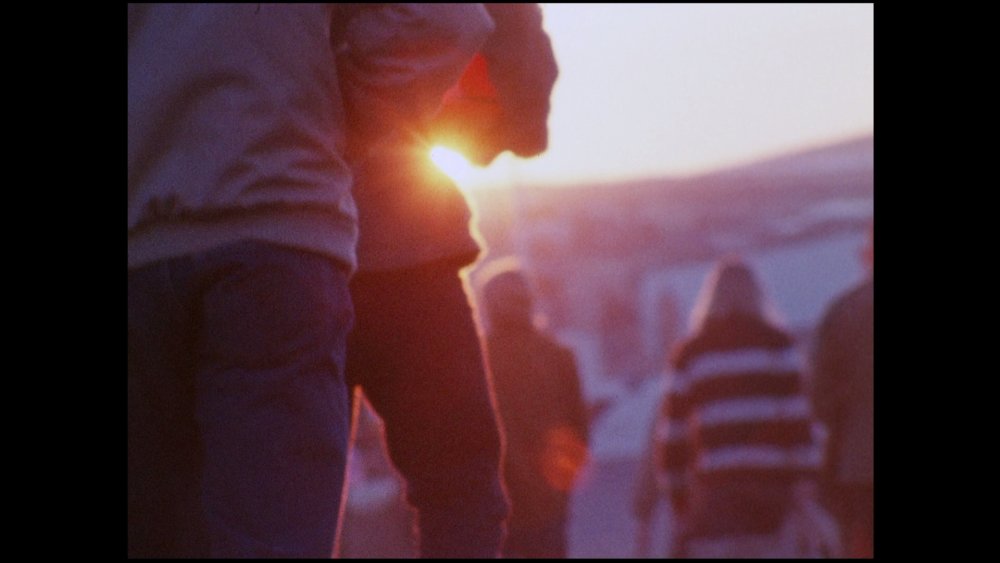Leaderboard
Popular Content
Showing content with the highest reputation on 07/15/2023 in all areas
-
Full list of sensors used by Sony cameras
SRV1981 and one other reacted to androidlad for a topic
Compiled from teardowns and repair technicians: ILCE-7R IMX094AQR ILCE-7S IMX235AQR ILCE-7M2 IMX157AQL ILCE-7RM2 IMX251AQL ILCE-7SM2 IMX235AQL ILCE-9 IMX310KQL ILCE-7RM3 IMX251AQL ILCE-7M3 IMX410AQL ILCE-9M2 IMX310KQL PXW-FX9 IMX410DQL ILCE-7RM4 IMX451AQL ILCE-7C IMX410AQL ILCE-7SM3 IMX510AQL ILCE-1 IMX610AQL ILME-FX6 IMX510AQL ILME-FX3 IMX510AQL ILME-FR7 IMX510AQL ILCE-7M4 IS-1041 ILCE-7RM5 IMX451AQL ZV-E1 IMX510AQL2 points -
The Z8 as an APS-C video camera. You can shoot RAW in DX mode, which crops the sensor and gives you 5405x3040 clips, better than 5K and much better than 4K. You can shoot RAW at the highest quality (HIGH), with the bitrates 1/4th those for 8K - so you can shoot 48 minutes at HIGH RAW on a 1TB card, as opposed to 12 minutes for 8K! You can of course us DX (APS-C) lenses in those mode. For this video I used the FF Nikon Z 24-70 f4 lens. An advantage of the crop is that mostly one is using the center of the lens, so corner drop-off is irrelevant - most lenses from Nikon are really good in the center. So, how does it look: Think meerkats - habitat and inhabitants in their activities. 5K (5120x2880) frame grabs:2 points
-
2 points
-
I agree with you that the fx3 and fx30 are not the right cameras for shooting 1.5-hour takes, but I do not think your "evidence" - your remembering a video where someone quoted someone else (!) - is the kind of evidence that anyone should make decisions on. There are settings in those cameras for the fan, and for the shutdown thresholds. And indoors with no airflow will overheat cameras more compared with using a camera outdoors, where there is airflow. So, we need to know more about the tests than what you think someone concluded for a serious discussion of overheating. But, I do not think we need more on "overheating" for the purpose of this guy's video styles. Let us just agree that no professional cinema camera is appropriate for the OP's use (and we will all refrain from expressing our view of the worth of 1.5-hour continuous videos).1 point
-
I saw a few video, including one quoting Gerald Undone among a few other people. And most of them recorded those cameras at 24 degress and lower (indoors I am guessing). And still overheating in most cases. In direct sunlight, and at 30 degrees, they would definitely be more susceptible to overheating. Since @backtoitwould use them outdoors for his Vlogs.1 point
-
A6700 'Film mode' test now on optyczne.pl - https://www.optyczne.pl/79.1-Inne_testy-Sony_A6700_-_test_trybu_filmowego.html - with downloadable video samples 4k resolution test: Full HD resolution test:1 point
-
Or live a vampiric lifestyle. Or should that be unlifestyle..?? 🧛♂️1 point
-
Even if you live in a timezone that doesn't exist!1 point
-
Not really, and it's sort-of complicated. The short version is I choose the mode with the bit-rate and codec I want, then look at what resolution options the camera gives for those settings. The long version is that it's more complicated, and you should really do tests to see what works best for you as it might vary between situations, for example if it involves more or less movement in the frame, more or less noise in the image, etc. At a high-level, there are a few advantages to shooting at the delivery resolution: The downsampling happens in-camera, rather than in your NLE, so it should be faster in post Rolling shutter might be less Bit depth on the sensor read-out might be higher But, there are also some advantages to shooting a higher resolution and downsampling in post: Downsampling in post is likely to be higher quality than in-camera, because in-camera it has to be done real-time and things like battery life and heat dissipation are considerations Any non-native resolutions might involve line-skipping, pixel binning and other non-optimal downsampling, which this may avoid Compression artefacts tend to scale with the resolution, so downsampling to timeline resolution in post lessens how visible these are You can punch-in in post more if the need arises, which also occurs when stabilising For a given bitrate the image quality is normally higher at a higher resolution, so you're starting with a better position For my setup, I shoot the GH5 in the 200Mbps ALL-I mode because it's ALL-I and therefore is nicer in post. I decided this over the 150Mbps 4K mode because that is IPB, making it much more intensive to edit with, and also over the 400Mbps 4K ALL-I mode because that would require me to buy a UHS-II card which was hugely expensive. However, I shoot the GX85 in the 4K 100Mbps IPB mode rather than the 1080p 20Mbps IPB mode. The 4K mode is IPB, but having 100Mbps is more important than the editing performance. I'd rather have a 100Mbps ALL-I mode, but if we're wishing for things then we'd be changing topics, so I choose the best from what I have. In terms of the GH6 and Prores, they're all 10-bit ALL-I modes (as they should be!) so the performance in post is mostly a moot point compared to IPB codecs, so it's probably more a case of making the trade-off between disk space and if you need the extra resolution for anything in-particular. I think with projects that are more straight-forwards then shooting at 200Mbps 1080p is perfectly sufficient. Remember that many low-budget feature films were shot with 1080p Prores HQ around 170-180Mbps and they were screened in theatres on screens larger than the walls of most private home-theatres, so the image quality should be sufficient for anything we could be doing. If you're shooting in uncontrolled situations where post is difficult, or if you're unsure what the footage will be used for in future, or if you're doing VFX, essentially if there are any special circumstances around the project, then having more resolution and MUCH higher bitrates might be worthwhile. There's an argument to be made for shooting slightly higher than the delivery resolution, at maybe 2.5K for a 1080p master, so that's something to think about as a sort-of middle ground, if that is available in the GH6 - I'm not that aware of what modes it offers and I know the GH5 has some intermediate sizes, like 3.3K 4:3 in the anamorphic modes.1 point
-
Thanks, In the meantime I found this one too: Speaking of overheating, while searching I found an Italian review which stated that with the screen door closed it lasts 40' 4K@30p and 20' 4k@60p1 point
-
Oppenhimer also have the enhanced 1080p option1 point
-

A6700 - FX30 sensor 👀
John Matthews reacted to MrSMW for a topic
Something that often gets overlooked and is under-appreciated. I don’t wish to turn this into a Sony vs thread, but every time I use my S1H next to my S5ii, I am reminded of just how good that rear LCD is and not just how much better it is, but what impact that has in the real world which is confidence in the result. It’s so rich and detailed, whereas the S5ii is lacking by comparison and really is like having a proper, albeit 3+ inch monitor without having to rig it. It’s in these real world details that the biggest difference in kit can be found.1 point -
Samyang join L mount alliance
IronFilm reacted to newfoundmass for a topic
I think we'll continue to see more third parties join up now that the S5 II has been a success, though Tamron likely won't be one of them given Sony's ownership stake in them. That's a shame because Tamron is among the most intriguing lens companies out there for me, given their cost to quality ratio. I think it will get better with time. I wonder if they'll be able to improve the AF on L-mount bodies as an official member of the alliance, as in theory they might be able to get more cooperation from the other companies in the alliance vs. Sony, who just let's them reverse engineer their mount but doesn't seem to cooperate with them. Either way, it's a good sign that they're making lenses for the mount.1 point -
Yes, according to Camerasize, it is a similar size as the GX85: Obviously it's thicker and has a larger grip, but this will be dwarfed by the size of the lenses. Here are both with their kit zooms, which are probably amongst the smallest likely to be used if size was a key consideration: While I'm no fan of Sony cameras, it is good to see that there is still an interest in making small cameras - camera size matters and the general approach from the industry is that only people who can have huge cameras deserve image quality, which is simply not true.1 point
-
Yes, they are painful enough as they are (bless ‘em) but to watch it back in ultra slow motion…to the point where the camera overheated and died just before little Jonnies only line, would be terrible.1 point
-
A6700 - FX30 sensor 👀
Davide DB reacted to barefoot_dp for a topic
If that works for Panasonic, then good on them. But the last company that did that got lambasted by just about everyone, with the common complaint being "They should just let us record until it overheats instead of artificially limiting it". I also think it's a bit laughable that you applaud Panasonic for releasing a camera with a limited 4K60p mode, in the same breath as critcising a camera that has a perfectly functioning 4K60p mode (according to reports so far). Seems like favouritism to me. If someone tries to record a whole school play at 4K120p, that is user error.1 point -
So, you don't know what the limits are? You suggest a shooting scenario that is reasonable, but then you just assume the worst. and then complain about it, as if it were true! I shot this 4K 120p video with the Sony ZV E1, which has the same "overheating" issue (no fan, compact body) and the same codecs as the a6700 (different sensor) but like the a6700 in 120p 4K, there is no oversampling. Shot all clips in 4K 120p, successive clips averaging 10 seconds (obviously trimmed in post) in an hours worth of shooting in 80+ temperature. Just like your scenario. Never got a warning. Camera was always on, no long intervals between shots. Now, I would not recommend the a6700 or the ZV E1 if you do not want to think about overheating, given you can get the same quality (fx3 or fx30), at greater expense and bulk, without overheating. But given the above scenarios, the chance of overheating is small. But, why be limited to those scenarios? Why worry? Move on. There are options. It is too bad you cannot yet have big sensors, high bitrates, high resolution, high frame frame rates from a tiny camera with no fan and not have heat issues. I am not a Sony fan, apologist, influencer or paid shill. Right now, I like the Nikon Z8 and RAW video, even for 4K 120p. And, it can overheat too, but has not so far for me with plenty of 8K 60P RAW shooting (not long interviews of course, but who needs a static 8K 60P interview video?). And that camera has an alternative also with the exact same quality that does not overheat; and, again, at greater cost and with increased bulk (Z9). Your choice.1 point
-
Was this color graded? Yes, heavily (and no LUTs) like all of my videos, to create the "illusion of reality." Think National Geographic video of meerkats - no film-like color tints or distortions; rather see the habitat and watch the activities of its inhabitants as if you were there. But with humans, unlike with animals and birds, one cannot hide or wear a disguise or shoot with an enormous lens. Some good stills too:1 point
-

Born on The Fourth of July - Film
hansel reacted to hyalinejim for a topic
But what about the stills from Gimme Shelter, above? "Albert ran the camera, shooting his subjects with a zoom lens from across the room; David did the sound" https://www.rogerebert.com/mzs/cameras-keep-rolling-at-maysles-films That wasn't 500 people, if was 2, one of whom had a camera that shot film. If it had been a C300 or whatever, the documentary would be just as interesting, but it wouldn't look as good in my view. We should celebrate the look(s) of film, and try to recapture some of the magic that has been lost in the gradual enshittification of colour that has transpired over the last 10 years. I blame log for this btw!1 point -

Born on The Fourth of July - Film
hansel reacted to hyalinejim for a topic
Just to pick one example that struck me recently, The American Friend, Wim Wenders, 1977 It's also interesting to consider documentary. The Maysles brothers were early proponents of cinema verite in the US (or direct cinema, or run and gun you could call it!) So it would have been one of them with a 16mm camera and a sound recordist. Here's Gimme Shelter (1970): If you're interested in cinema (as opposed to endless franchise regurgitations) then the Criterion Channel is incredible. Non-US users can Google how to sign up.1 point -

Born on The Fourth of July - Film
hansel reacted to hyalinejim for a topic
Yes, but if that movie had been shot on a digital camera it probably wouldn't have looked as nice. I watch a lot of old movies on the Criterion Channel and am regularly impressed by how good film looked.1 point


